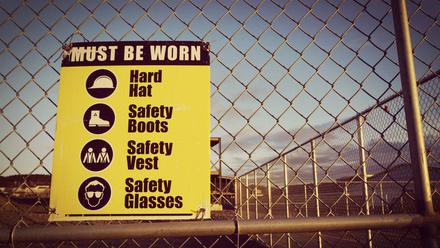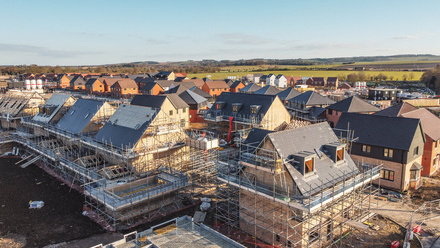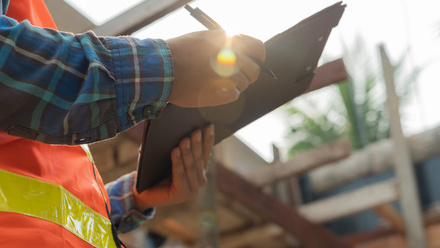Failing to follow health and safety guidance can be dangerous, costly and leave you struggling to get insurance cover. In this article we explore the responsibilities of builders and the implications of getting it wrong.
The Health and Safety at Work Act 1974 outlines what employers and employees must do and the roles and responsibilities of everyone involved in a construction project are set out under CDM 2015 regulations.
The Health and Safety Executive (HSE) prosecutes under criminal law with a reverse burden of proof, so you must be able to actively demonstrate how you are managing health and safety on-site.
A Construction Phase Plan should be compiled for every project recording how health and safety will be managed, and for notifiable projects an F10 must be recorded on the HSE’s online portal.
If the HSE finds a health and safety breach on site it will either issue an Improvement Notice, requiring changes to be made within a set timeframe, or a Prohibition Notice ordering work to stop. It is an offence to breach either and company directors etc may be held accountable alongside individuals.
Overall responsibility for site safety lies with the main contractor and as well as demonstrating that you have adequately planned how health and safety will be managed on site, you need to check that guidance is being followed, and act immediately if it isn’t.
Insurance liabilities
By way of an example, one FMB member company’s insurance paid out half of a six-figure sum after a roofer, working on its behalf, through a bonafide sub contractor, fell through a roof light, suffering serious injuries.
“They should have done a health and safety check with the bonafide sub contractor on site, walked round with them, highlighted risks, specifically on the roof, the entry and exit points, where the guard rails and openings were etc but these things didn’t happen,” explains Sadie Phillips, Director of FMB Insurance Services.
There was contributory negligence in the case because the company failed in its duties as the main contractor to ensure that the site was safe, so both the bonafide sub contractors’ and the main contractors’ insurance companies were required to contribute to the claim.
Making a site COVID-secure
As well as the usual health and safety considerations, such as working at height, contractors have a responsibility to make sites Covid secure, and the HSE is conducting spot checks to ensure that appropriate measures are in place and all staff are aware of them.
Need health and safety advice?
While there is a lot to consider when it comes to health and safety, the FMB website provides a range of resources for members, with over 100 documents available, including downloadable templates, as well as e-learning courses. You can also call the FMB Health and Safety Line on 0116 243 7623 for advice.
For more information and further tips from Sadie and Andy Harper of The Building Safety Group, members can login to view our dedicated webinar below:






